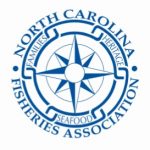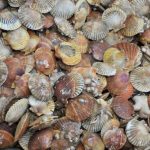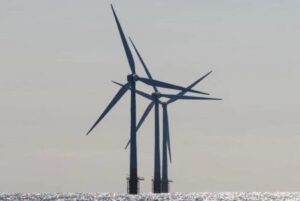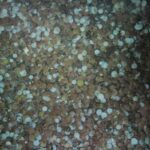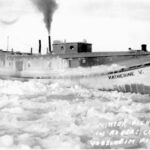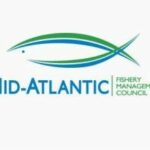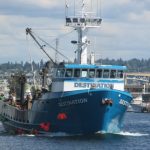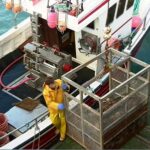Tag Archives: stock-assessments
Ferrante urges state officials to ‘step up’ advocacy for fishing
 As the Beacon Hill political crowd munched on ceviches and chowders in the Great Hall on Wednesday, they heard a message from the seafood industry aimed more at Washington, D.C., than the halls of the State House. Rep. Ann-Margaret Ferrante, the daughter of a fisherman and a 30-year advocate for the fishing industry, spoke at the annual Seafood Day in the state capitol about “what the federal government does to us.” The Gloucester Democrat found fault with how the feds survey fishery resources and shrink local fishing quotas, saying that the industry will perish unless a new course is charted. She wasn’t alone: Roger Berkowitz, formerly of Legal Sea Foods, told the crowd about NOAA’s past use of “boats with broken gear” to formulate their stock assessments. more, >>CLICK TO READ<< 08:30
As the Beacon Hill political crowd munched on ceviches and chowders in the Great Hall on Wednesday, they heard a message from the seafood industry aimed more at Washington, D.C., than the halls of the State House. Rep. Ann-Margaret Ferrante, the daughter of a fisherman and a 30-year advocate for the fishing industry, spoke at the annual Seafood Day in the state capitol about “what the federal government does to us.” The Gloucester Democrat found fault with how the feds survey fishery resources and shrink local fishing quotas, saying that the industry will perish unless a new course is charted. She wasn’t alone: Roger Berkowitz, formerly of Legal Sea Foods, told the crowd about NOAA’s past use of “boats with broken gear” to formulate their stock assessments. more, >>CLICK TO READ<< 08:30
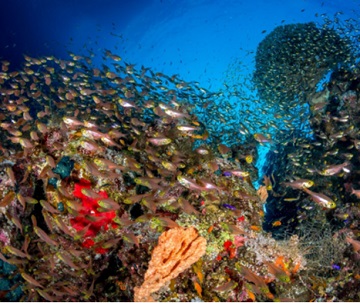
New use for A.I.: correctly estimating fish stocks
For the first time, a newly published artificial intelligence (AI) algorithm is allowing researchers to quickly and accurately estimate coastal fish stocks without ever entering the water. This breakthrough could save millions of dollars in annual research and monitoring costs while bringing data access to least-developed countries about the sustainability of their fish stocks. Understanding “fish stocks” – the amount of living fish found in an area’s waters – is critical to understanding the health of our oceans. This is especially true in coastal areas where 90 percent of people working in the fisheries industry live and work. In the wealthiest countries, millions of dollars are spent each year on “stock assessments” – expensive and labor-intensive efforts to get people and boats out into the water to count fish and calculate stocks. >click to read< 09:10
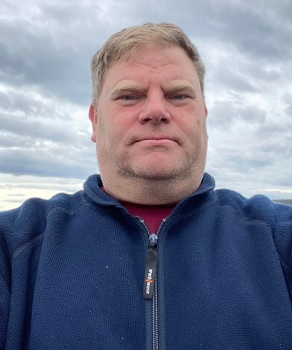
Dismal B.C. herring season sparks renewed calls for moratorium
Three days after setting his nets out in the Strait of Georgia between B.C.’s mainland and Vancouver Island, Josh Young headed back home to Pender Harbour. The herring he was expecting to catch were nowhere to be found. “I will be honest… the stocks I saw this year weren’t the healthiest year I’ve ever seen,” Young said. “We didn’t catch our entire quota.” Young wasn’t alone. When the season opened March 3 for boats equipped with seine nets, they scooped up their fill of the silver foot-long fish in 48 hours. By the time Young and hundreds of others using gillnets arrived on March 5, the fish seemed to have disappeared. “It was a different year,” Young said stoically. >click to read< 16:31
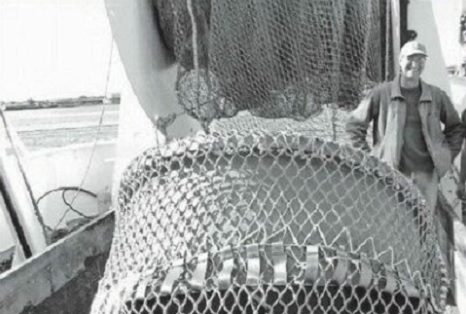
Jim Kendall – Finding Common Ground
With regard to the letter from Sam Novello posted on Fisherynation.com, Finding Common Ground off to a Bad Start, he very eloquently laid out some of the faults, errors, and out and out incompetence of the Northeast Fisheries Science Center with respect to their continued mismanagement of the Northeast fisheries stock assessments. I know from past work and associations with the NEFSC that this has been going on for so long that they likely now believe their own Mantra about their science being the best (and only way) in which to compile the NE groundfish stock assessment. Unfortunately groundfish is not their only problematic stock assessment. >click to read< 16:32
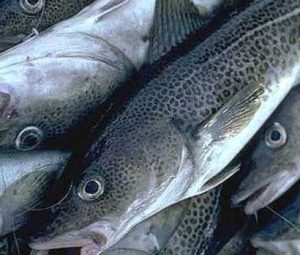
How Newfoundland’s wild fisheries have gone from plentiful to pitiful – How did we get here?
The headline in the daily paper at the end of January 2019 had said it all: Cod recovery still far off: DFO. In the case of cod, the same factors that had contributed to a hopeful comeback — thriving capelin and warming waters — had since swung in unfavourable directions. Fewer capelin prey and changing environmental conditions did not bode well for cod. Now, in 2021, the prognosis for the cod population, capelin and the environmental 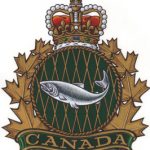 conditions remains no better. How did we get here? DFO science shows several factors are predominantly to blame for declining cod and capelin populations, including: natural causes, especially lack of capelin prey in the case of cod; high predation, particularly from fish (more so than seals), in the case of capelin; and warming ocean waters, among other environmental factors. >click to read< 08:26
conditions remains no better. How did we get here? DFO science shows several factors are predominantly to blame for declining cod and capelin populations, including: natural causes, especially lack of capelin prey in the case of cod; high predation, particularly from fish (more so than seals), in the case of capelin; and warming ocean waters, among other environmental factors. >click to read< 08:26
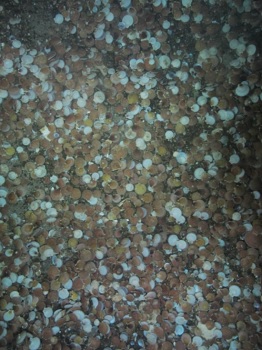
Stokesbury’s image-based, drop camera survey has been pivotal in the revival of the scallop industry
Stock assessment is one of the many key areas of research being conducted by several professors at UMass Dartmouth’s School for Marine Science & Technology (SMAST). Efforts led by Professors Steve Cadrin, Pingguo He, and Kevin Stokesbury help characterize how offshore wind development interacts with the marine environment, including important fisheries and critical habitat. Their findings are also critical in advancing offshore wind in a sustainable manner while minimizing impacts to existing marine activities and resources. >click to read< 13:34

“We live and die by stock assessments,” – Fishermen seek more responsive regulations
“We live and die by stock assessments,” said Jimmy Hull, a commercial fisherman from Ormond Beach, Fla. His statement during an informal question-and-answer period held by the South Atlantic Fishery Management Council is part of an overall grievance a significant number of fishermen have with the fishery management process — that it’s not responsive to current conditions in fish stocks, and instead responding to conditions months or years earlier. >click to read< 08:46
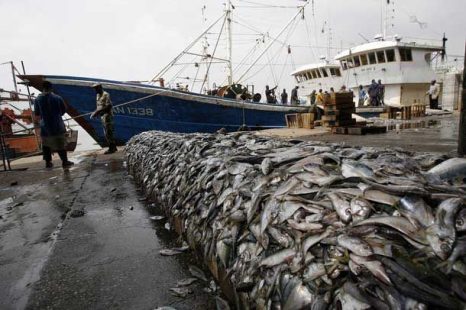
Fish Stocks And Our Balance Of Payments
Our balance of payments is overly burdened by our consumption of seafood: We import approximately 90% of the seafood that we eat. Given our natural resources, we should be net exporters of seafood. The total value of edible and non-edible fishery imports in the United States was $35.8 billion in 2016. The total value of edible and non-edible exports was $21.3 billion. The imbalance does not imply only a shipment of dollars abroad. It also implies a number of jobs exported, a number of jobs that could be created in this country, were we not to import that much more seafood than we export.,,, The reason for the imbalance in our accounts with other nations is not due to lack of fish in our waters. Not to put too fine a point on it, the imbalance is due to rules and regulations imposed by our National Marine Fisheries Service (NMFS) that prevent our fishermen from catching fish. click here to read the article by Carmine Gorga 09:21
Letter: Taking stock of cod stock assessments
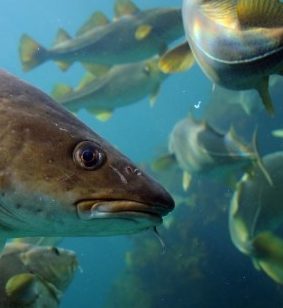 In a Telegram letter published May 6, (“Perfectly good fisheries data being ignored,” click here ) Harvey Jarvis criticized the Department of Fisheries and Oceans’ assessments of northern cod and 3Ps (i.e. south coast) cod. Based on my 20-plus years of experience with stock assessments in Newfoundland and Labrador and other regions (Canada, the U.S., and Europe), I think Jarvis is absolutely correct about the 3Ps cod assessment, but he is incorrect about the new northern cod assessment framework that DFO adopted in 2016. Jarvis suggested that the only information used in the northern cod assessment model to estimate stock biomass is the DFO research vessel survey index. He indicated that the commercial catch, the commercial logbook data and the cod sentinel catch rate indices are not used. This is not true. The 2016 northern cod stock assessment used a state-of-the-art model,,, click here to read the letter 17:23
In a Telegram letter published May 6, (“Perfectly good fisheries data being ignored,” click here ) Harvey Jarvis criticized the Department of Fisheries and Oceans’ assessments of northern cod and 3Ps (i.e. south coast) cod. Based on my 20-plus years of experience with stock assessments in Newfoundland and Labrador and other regions (Canada, the U.S., and Europe), I think Jarvis is absolutely correct about the 3Ps cod assessment, but he is incorrect about the new northern cod assessment framework that DFO adopted in 2016. Jarvis suggested that the only information used in the northern cod assessment model to estimate stock biomass is the DFO research vessel survey index. He indicated that the commercial catch, the commercial logbook data and the cod sentinel catch rate indices are not used. This is not true. The 2016 northern cod stock assessment used a state-of-the-art model,,, click here to read the letter 17:23
Snapper silliness still has anglers seeing red
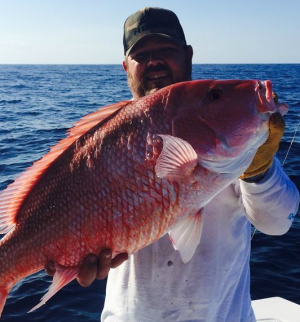 The bumper sticker on the white Ford pickup truck could not have been more clear: “National Marine Fisheries Service: Destroying Fishermen and Their Communities Since 1976!” Poignant. Harsh, even. But tame by today’s standards. The sticker made me think of an issue affecting offshore bottom fishermen who depart inlets between the Treasure Coast and South Carolina. I’m no mathematician, but something fishy is going on with red snapper statistics. Red snapper, a larger cousin of mutton snapper and mangrove snapper, resides in waters of the Gulf of Mexico and the Atlantic Ocean. It is presently off limits to harvest by east coast anglers, and has been since 2010. The reason? Because 10 years ago, fisheries statisticians determined that the red snapper fishery was “undergoing overfishing.” Along with “jumbo shrimp,” that expression is still one of my all-time favorite oxymorons. click to continue reading the story here 08:28
The bumper sticker on the white Ford pickup truck could not have been more clear: “National Marine Fisheries Service: Destroying Fishermen and Their Communities Since 1976!” Poignant. Harsh, even. But tame by today’s standards. The sticker made me think of an issue affecting offshore bottom fishermen who depart inlets between the Treasure Coast and South Carolina. I’m no mathematician, but something fishy is going on with red snapper statistics. Red snapper, a larger cousin of mutton snapper and mangrove snapper, resides in waters of the Gulf of Mexico and the Atlantic Ocean. It is presently off limits to harvest by east coast anglers, and has been since 2010. The reason? Because 10 years ago, fisheries statisticians determined that the red snapper fishery was “undergoing overfishing.” Along with “jumbo shrimp,” that expression is still one of my all-time favorite oxymorons. click to continue reading the story here 08:28
ITS HUGE! Grey Sole limits nearly doubled as scientists use ’empirical approach’ to set new specifications
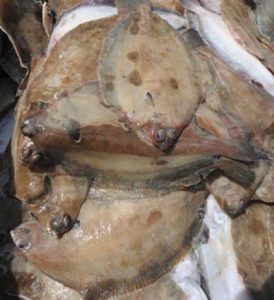 Meeting in Portsmouth, New Hampshire, the New England Fishery Management Council approved an acceptable biological catch of 878 metric tons of witch flounder, also known as grey sole, for 2017. When adjusted for management uncertainty, the move will result in a 2017 annual catch limit of 839 metric tons — nearly twice the 2016 annual catch limit of 441 metric tons. The unanimous vote by the council also underscored the escalating distrust commercial groundfishermen reserve for the science NOAA Fisheries uses to fuel its stock assessments. In December, NOAA Fisheries scientists were forced to concede that the model being used to develop the witch flounder stock assessment was irretrievably flawed after it failed the peer review phase of the process. Read the story here 07:51
Meeting in Portsmouth, New Hampshire, the New England Fishery Management Council approved an acceptable biological catch of 878 metric tons of witch flounder, also known as grey sole, for 2017. When adjusted for management uncertainty, the move will result in a 2017 annual catch limit of 839 metric tons — nearly twice the 2016 annual catch limit of 441 metric tons. The unanimous vote by the council also underscored the escalating distrust commercial groundfishermen reserve for the science NOAA Fisheries uses to fuel its stock assessments. In December, NOAA Fisheries scientists were forced to concede that the model being used to develop the witch flounder stock assessment was irretrievably flawed after it failed the peer review phase of the process. Read the story here 07:51
Recreational fishermen can target cod starting Monday
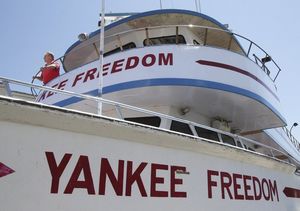 As of Monday, recreational anglers will get a chance to reacquaint themselves with the much-coveted Gulf of Maine cod when federal fishing restrictions for the species are lifted until the end of September. The bag limit for the iconic species, whose stock NOAA Fisheries maintains is in freefall, will be one cod per fisherman per day. (Anglers are mentioning the huge numbers of cod they have to throw back.) The anglers’ comments are representative of the overall narrative of local fishermen — commercial, recreational and lobstermen — who continue to insist they are seeing far more cod in the water than the scientists at NOAA Fisheries say are there. It is a disconnect that, in many ways, has come to define the plight of the commercial fishing industry and its lack of trust in the science that comes out of NOAA Fisheries. They hear one thing in the stock assessments. They see another with their eyes when they’re out on the water. Read the story here 09:16
As of Monday, recreational anglers will get a chance to reacquaint themselves with the much-coveted Gulf of Maine cod when federal fishing restrictions for the species are lifted until the end of September. The bag limit for the iconic species, whose stock NOAA Fisheries maintains is in freefall, will be one cod per fisherman per day. (Anglers are mentioning the huge numbers of cod they have to throw back.) The anglers’ comments are representative of the overall narrative of local fishermen — commercial, recreational and lobstermen — who continue to insist they are seeing far more cod in the water than the scientists at NOAA Fisheries say are there. It is a disconnect that, in many ways, has come to define the plight of the commercial fishing industry and its lack of trust in the science that comes out of NOAA Fisheries. They hear one thing in the stock assessments. They see another with their eyes when they’re out on the water. Read the story here 09:16
CCA is telling fish tales about Omega Protein
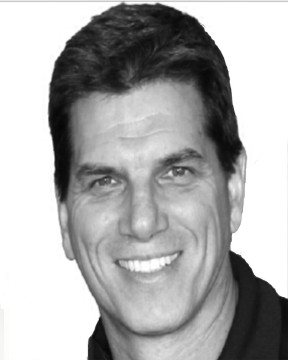 On April 2, the Sun Herald published an op-ed from the spokesman of the Coastal Conservation Association — Mississippi, F.J. Eicke (“A most important fish raises need for public scrutiny”), that was filled with more holes than a fisherman’s net. Sadly, time and time again, Mr. Eicke has demonstrated dismissiveness toward sustainable fisheries and the hardworking men and women of Mississippi’s commercial fishing industry. A major contention offered by Mr. Eicke is that Mississippi’s resident menhaden stock is troubled. This statement is 100 percent incorrect and is little more than a scare tactic. There is no such thing as “Mississippi menhaden.” Due to their very nature — their biology and habitat — menhaden are a Coastwide migratory species, which is why menhaden stock assessments are conducted on a Coastwide basis. Read the rest here 21:47
On April 2, the Sun Herald published an op-ed from the spokesman of the Coastal Conservation Association — Mississippi, F.J. Eicke (“A most important fish raises need for public scrutiny”), that was filled with more holes than a fisherman’s net. Sadly, time and time again, Mr. Eicke has demonstrated dismissiveness toward sustainable fisheries and the hardworking men and women of Mississippi’s commercial fishing industry. A major contention offered by Mr. Eicke is that Mississippi’s resident menhaden stock is troubled. This statement is 100 percent incorrect and is little more than a scare tactic. There is no such thing as “Mississippi menhaden.” Due to their very nature — their biology and habitat — menhaden are a Coastwide migratory species, which is why menhaden stock assessments are conducted on a Coastwide basis. Read the rest here 21:47
Northeast Seafood Coalition skeptical of proposed new rules
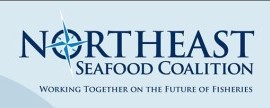 The Northeast Seafood Coalition has submitted public comments for the proposed rules for the Northeast Fishery Management Plan that reiterate its lack of confidence in NOAA’s current system of scientific assessments for groundfish. The comments from the Gloucester-based NSC, submitted to NOAA Fisheries before Tuesday’s deadline, question the reported status of the witch flounder stock and sets the fishing advocacy group in opposition to the proposed allowable biological catch limit of 460 metric tons or the 2016 fishing season. “NSC expressed concern with the reported status of witch flounder during the public process,” the coalition said in its comments, which also reference the group’s “expressed concern that catch rates within the fishery are completely inconsistent with the reported stock status from the assessment.” Read the rest here 15:20
The Northeast Seafood Coalition has submitted public comments for the proposed rules for the Northeast Fishery Management Plan that reiterate its lack of confidence in NOAA’s current system of scientific assessments for groundfish. The comments from the Gloucester-based NSC, submitted to NOAA Fisheries before Tuesday’s deadline, question the reported status of the witch flounder stock and sets the fishing advocacy group in opposition to the proposed allowable biological catch limit of 460 metric tons or the 2016 fishing season. “NSC expressed concern with the reported status of witch flounder during the public process,” the coalition said in its comments, which also reference the group’s “expressed concern that catch rates within the fishery are completely inconsistent with the reported stock status from the assessment.” Read the rest here 15:20
This is exciting! SMAST scientists improving cod counting technology
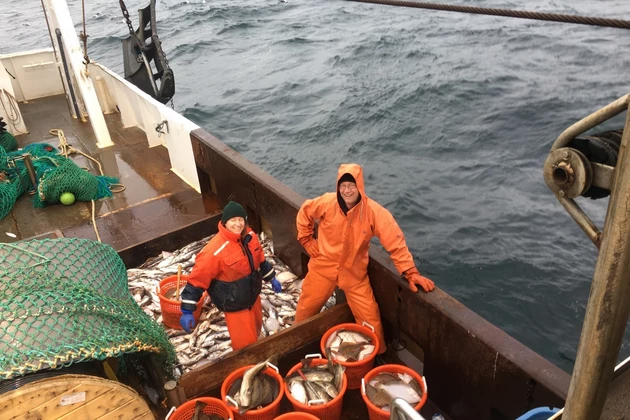 A new video system designed by UMass Dartmouth School for Marine Science and Technology (SMAST) scientists to assess the population of cod has passed its first major test, giving the researchers confidence that they can use this new approach to help improve the accuracy of future scientific assessments of this iconic species. Recent stock assessments indicate that the Gulf of Maine cod population is low and struggling to recover. Members of the fishing industry contest those results, suggesting the stock is much healthier than depicted in recent assessments. Video, Read the rest here 06:03
A new video system designed by UMass Dartmouth School for Marine Science and Technology (SMAST) scientists to assess the population of cod has passed its first major test, giving the researchers confidence that they can use this new approach to help improve the accuracy of future scientific assessments of this iconic species. Recent stock assessments indicate that the Gulf of Maine cod population is low and struggling to recover. Members of the fishing industry contest those results, suggesting the stock is much healthier than depicted in recent assessments. Video, Read the rest here 06:03
NOAA scientist says federal fish counts suffer from ‘perception issue’
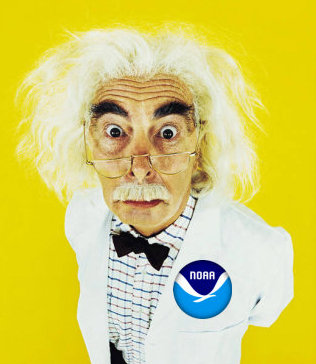 It’s not easy counting fish. Just ask the people who have to do it. The National Oceanic and Atmospheric Administration’s fisheries division is responsible for estimating the health and size of dozens of fish stocks in U.S. waters, measurements that help eight regional councils determine which fish commercial and recreational anglers are allowed to catch. The accuracy of NOAA’s counts is at the heart of a national debate over whether to loosen current catch limits. NOAA defends the data, obtained through a combination of sampling methods and statistical models. But recreational fishermen and their backers on Capitol Hill, who want to loosen the catch limits, claim they’re based on “flawed science.” Read the rest here 09:19
It’s not easy counting fish. Just ask the people who have to do it. The National Oceanic and Atmospheric Administration’s fisheries division is responsible for estimating the health and size of dozens of fish stocks in U.S. waters, measurements that help eight regional councils determine which fish commercial and recreational anglers are allowed to catch. The accuracy of NOAA’s counts is at the heart of a national debate over whether to loosen current catch limits. NOAA defends the data, obtained through a combination of sampling methods and statistical models. But recreational fishermen and their backers on Capitol Hill, who want to loosen the catch limits, claim they’re based on “flawed science.” Read the rest here 09:19
Are fishing conservation efforts helping or hurting?
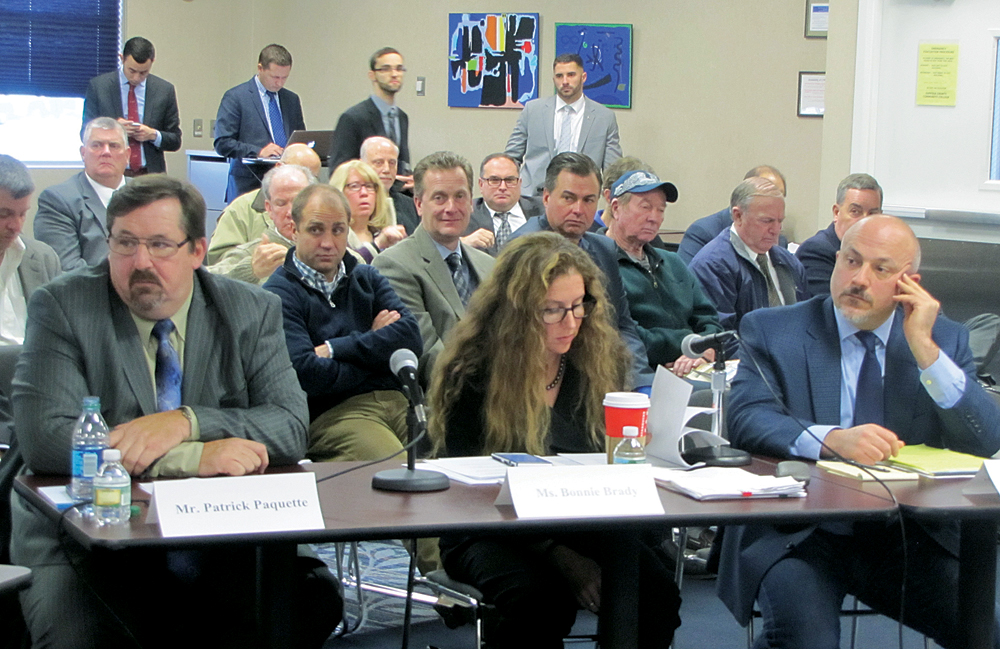 If you put too many restrictions on the fishing industry, it could kill off a major part of the local economy. But if too few restrictions are in place, that could kill off the fish — in which case that economy would no longer exist. That was the crux of the dilemma being debated at a congressional natural resources committee hearing in Riverhead Monday morning. The title of the hearing, held at the Suffolk County Community College Culinary Arts Center, was “Restoring Atlantic Fisheries and Protecting the Regional Seafood Economy.” Read the article here 14:29
If you put too many restrictions on the fishing industry, it could kill off a major part of the local economy. But if too few restrictions are in place, that could kill off the fish — in which case that economy would no longer exist. That was the crux of the dilemma being debated at a congressional natural resources committee hearing in Riverhead Monday morning. The title of the hearing, held at the Suffolk County Community College Culinary Arts Center, was “Restoring Atlantic Fisheries and Protecting the Regional Seafood Economy.” Read the article here 14:29
Lobster fishers asked to relocate gear as Inshore Trawl Survey approaches Maine
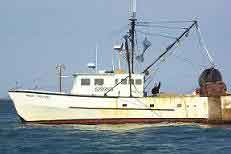 The fall inshore trawl survey is now underway in New Hampshire waters, working its way east to finish up about Oct. 30 near Machias Bay. The survey is being carried out this year aboard the F/V Robert Michael of Portland, Captained by Rob Tetrault, a white fiberglass Northeast 54’. The survey vessel will fish the first five good days each week, using the weekend to make up for bad weather or equipment problems. This should enable the survey to maintain a predictable schedule as it moves up the coast. Read the rest here 10:36
The fall inshore trawl survey is now underway in New Hampshire waters, working its way east to finish up about Oct. 30 near Machias Bay. The survey is being carried out this year aboard the F/V Robert Michael of Portland, Captained by Rob Tetrault, a white fiberglass Northeast 54’. The survey vessel will fish the first five good days each week, using the weekend to make up for bad weather or equipment problems. This should enable the survey to maintain a predictable schedule as it moves up the coast. Read the rest here 10:36
Our View: Fishery management needs balance
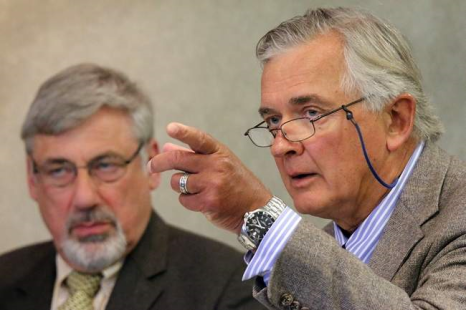 The requirement for consistency, above, might explain why Greater Atlantic Regional Administrator John Bullard told Rep. Ayotte that “eliminating overfishing” supersedes all other priorities. The Standard-Times is having a very difficult time trying to understand why a policy that will have such a clear negative impact on fishermen is being instituted when the beneficial impact on the resource — the fishery — is so unclear. Stock assessments are still determined by limited statistical sampling, which in addition to providing disputed results on stock health,,, Read the rest here 11:31
The requirement for consistency, above, might explain why Greater Atlantic Regional Administrator John Bullard told Rep. Ayotte that “eliminating overfishing” supersedes all other priorities. The Standard-Times is having a very difficult time trying to understand why a policy that will have such a clear negative impact on fishermen is being instituted when the beneficial impact on the resource — the fishery — is so unclear. Stock assessments are still determined by limited statistical sampling, which in addition to providing disputed results on stock health,,, Read the rest here 11:31
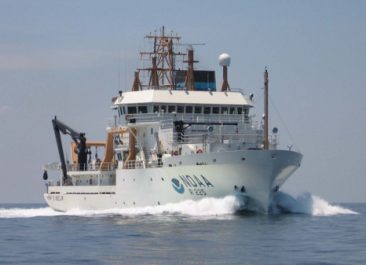
New England Stock Assessments – If it’s the same, it will never be different, Don Cuddy
We are having a serious problem in New England with the performance of the models used in fishery management. To remedy a situation that, along with some other factors, has led to the current crisis in the groundfish industry, we need new data … and maybe we need new models.,, Getting better data is a theme familiar to anyone with connections to the fishing industry in New England. It is central to the mission at the Center for Sustainable Fisheries and was the focus of the forum CSF sponsored at the New Bedford Whaling Museum in May. Read the rest here 09:03
PUTNAM: Slow government action hurts fisheries
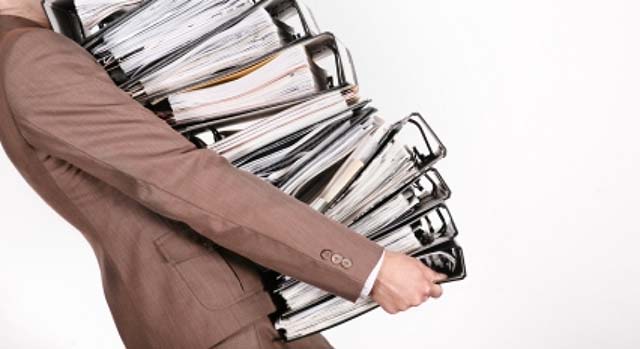 Christian Putnam is a Scituate resident and board member of Friends of South Shore Fisheries. This is his take on administrative bureaucrats, stock assessments, cod behavior, and the Canadian cod fishery, which by some unknown to our regulators reason, is experiencing an ongoing cod renaissance for as long as Gulf of Maine cod have been missing! Read the rest here 16:59
Christian Putnam is a Scituate resident and board member of Friends of South Shore Fisheries. This is his take on administrative bureaucrats, stock assessments, cod behavior, and the Canadian cod fishery, which by some unknown to our regulators reason, is experiencing an ongoing cod renaissance for as long as Gulf of Maine cod have been missing! Read the rest here 16:59
Better Science Means More Fish
 “States should apply the precautionary approach widely to conservation, management and exploitation of living aquatic resources in order to protect them and preserve the aquatic environment. The absence of adequate scientific information should not be used as a reason for postponing or failing to take conservation and management measures (from the United Nations Food and Agricultural Organization’s Code of Conduct for Responsible Fisheries).” Or in fewer words, if you aren’t completely sure of the outcome, don’t take an action. It’s called the “precautionary principle”,,,Read more here onlinefisherman.com 14:16
“States should apply the precautionary approach widely to conservation, management and exploitation of living aquatic resources in order to protect them and preserve the aquatic environment. The absence of adequate scientific information should not be used as a reason for postponing or failing to take conservation and management measures (from the United Nations Food and Agricultural Organization’s Code of Conduct for Responsible Fisheries).” Or in fewer words, if you aren’t completely sure of the outcome, don’t take an action. It’s called the “precautionary principle”,,,Read more here onlinefisherman.com 14:16
Review of fishery stock assessments set to begin
Federal officials are poised to begin a review of fishery stock assessments, a multi-step process used to estimate fish populations that then serve as the basis for catch limits and season end dates. continue
Gulf Coast senators ask for investigation of National Marine Fisheries Service
 Eight senators from coastal states asked the Government Accountability Office to investigate the way the National Marine Fisheries estimates the size of fish populations in U.S. waters. Called stock assessments by the fisheries service, those estimates are used to set annual catch limits for recreational and commercial fisheries. Read more here
Eight senators from coastal states asked the Government Accountability Office to investigate the way the National Marine Fisheries estimates the size of fish populations in U.S. waters. Called stock assessments by the fisheries service, those estimates are used to set annual catch limits for recreational and commercial fisheries. Read more here


































